"Botany—the science of the vegetable kingdom, is one of the most attractive, most useful, and most extensive departments of human knowledge. It is, above every other, the science of beauty. " I believe I mentioned in an earlier post that I was anxiously awaiting the arrival of a copy of Gray's School and Field Botany, as well as his Manual of Botany. I have had both of them for about a month now and what treasures of knowledge they are! Dr. Gray was known for his clear explanations and sometimes I even feel like I am there, seeing him showing and explaining these wonders of the plant world in person! I have been surprised and delighted by how many examples can still be found even in the depths of winter, especially when it comes to buds. Here is an illustrated example of a Lilac's growth, with a pair of axillary buds in place of the terminal bud, making a "repeatedly two-forked ramification". This was just one of those many little things that I realized I had never noticed or thought of before, and I hurried out to our old Lilac bush to see this small wonder! The past few days I have been studying leaves. I have to admit it is still all quite confusing to me, and I am looking forward to summer when I can look for living examples of the different forms described and see these differences in person. But just as I was feeling somewhat discouraged yesterday, I happened to be out shoveling snow around my greenhouse when I glanced up and saw some dead leaves still left on the branches of the Mountain Ash tree! And almost subconsciously I thought, "Ah, it has compound, odd-pinnate leaves!". Well maybe I am learning something. 😊 I have to keep reminding myself of Dr. Gray's words in the Preface of his School and Field Botany: "This treatise should teach that the study of botany is not the learning of names and terms, but the acquisition of knowledge and ideas. No effort should be made to commit technical terms to memory. Any term used in describing a plant or explaining its structure can be looked up when it is wanted, and that should suffice". Thank goodness, because I would be hopelessly lost otherwise! Another wonder Dr. Gray has revealed to me is how the buds on many trees, as well as the underground buds of herbaceous perennials often contain the next spring's leaves and flowers, "ready formed, folded, and packed away in small compass". Well don't ask me what I thought buds were before! Of course I must have had a vague understanding that this was the case, but never gave it much thought. This has given me a new interest in trees in winter. And looking at all those buds, knowing just what they are filled with, is quite comforting! "This explains how it is that vegetation from such buds shoots forth so vigorously in the spring of the year, and clothes the bare and lately frozen surface of the soil, as well as the naked boughs of trees, very promptly with a covering of fresh green, and often with brilliant blossoms. Everything was prepared, and even formed, beforehand." One of my favorite winter trees is the Speckled Alder (Alnus incana). It is beautiful in winter with its drooping catkins. and we certainly have an abundance of it! Male catkins, with the smaller female catkins in the background... Last year's fruit... When I have finished Gray's School and Field Botany, I plan to move on to his Botanical Text-Book, for Colleges, Schools, and Private Students (just ordered from Amazon and scheduled to arrive tomorrow!!). Yet as much as I want to know about how plants "live and move, and have their being", I hope I will never lose sight of the simplest charms in a flower, like the botanist in Emily Dickinson's poem... "I pull a flower from the woods,
8 Comments
JanetLee
1/9/2019 09:42:04 pm
Another lovely post! I have noticed the buds in the past and knew they contained the leaves for the next year. I have long been fascinated by Mother Nature and all her wonders. I cannot name all the different trees and flowers I see out in the woods, but I know enough to enjoy what I see!
Reply
I wonder if there is anybody who could tell the names of every single plant, at least in a given region? I've often wished I could go back in time and take a walk through the woods with someone like Asa Gray, or Kate Furbish (a 19th century artist/botanist who traveled all over the state of Maine, documenting the plants she found). Books are the next best thing though. 😊 I don't have all the books I quote from, but I'm gradually working on acquiring them! My sister got me Elizabeth Kent's "Flora Domestica" (1823) for Christmas, and I just ordered yet another book on my wish list, "Flowers and Flower Lore", by Hilderic Friend.
Reply
Thank you for the encouragement, Noelle. That is very kind of you! 😊 Yes, I love the old books best. I've looked through modern books on botany and thought they were pretty dry. Some of my botanical knowledge may end up being a little out of date, but I'm thoroughly old-fashioned anyway! 😁
Reply
Leave a Reply. |
AuthorI am a passionate gardener and seed-saver, who also enjoys playing the violin and accordion, running, spending time with my 4 golden retrievers, keeping chickens, photography, and reading. Archives
March 2019
|
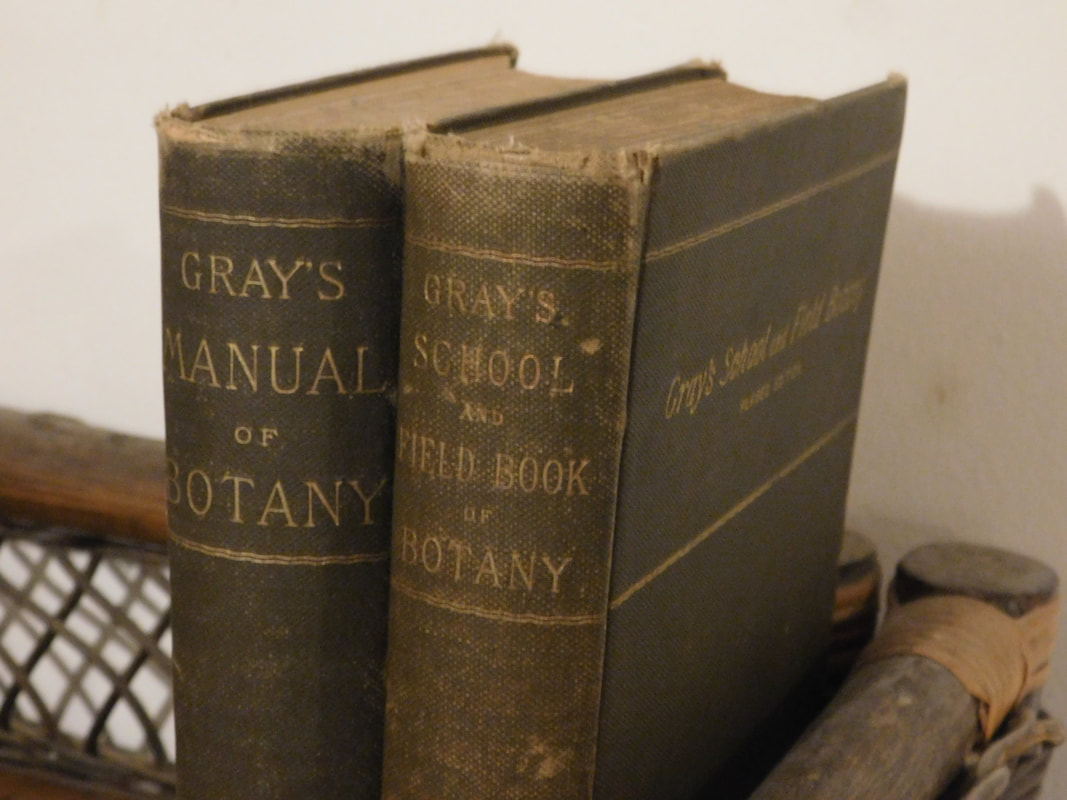
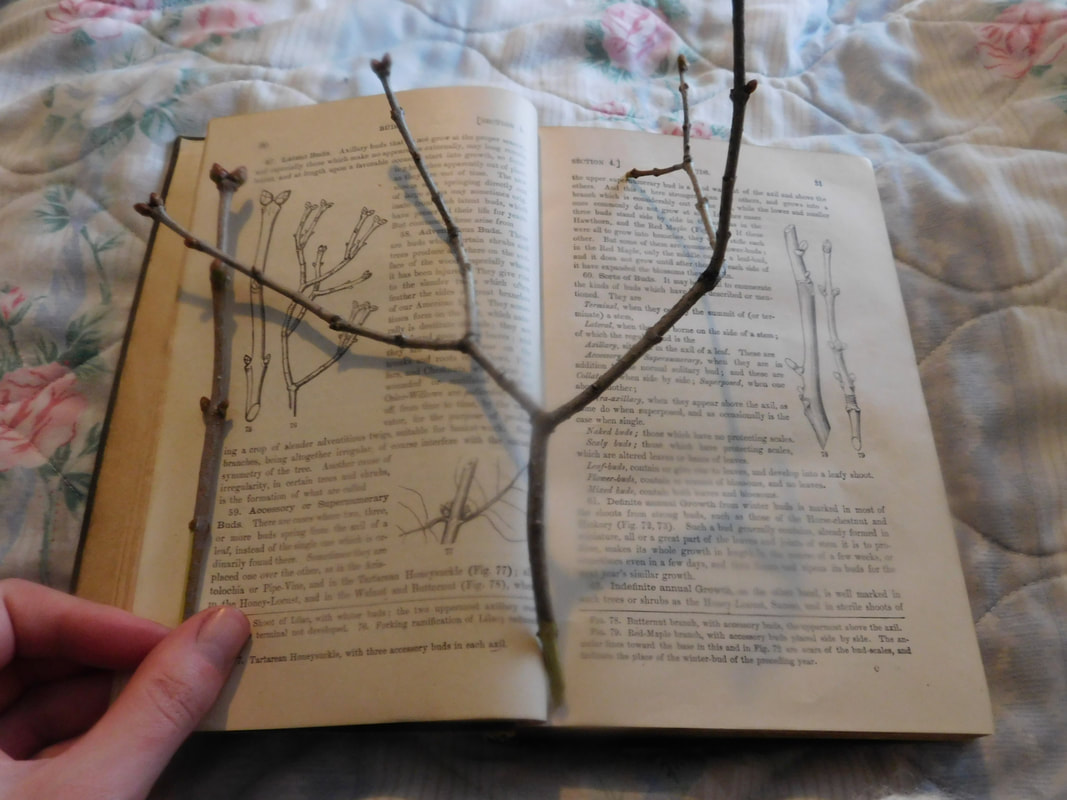
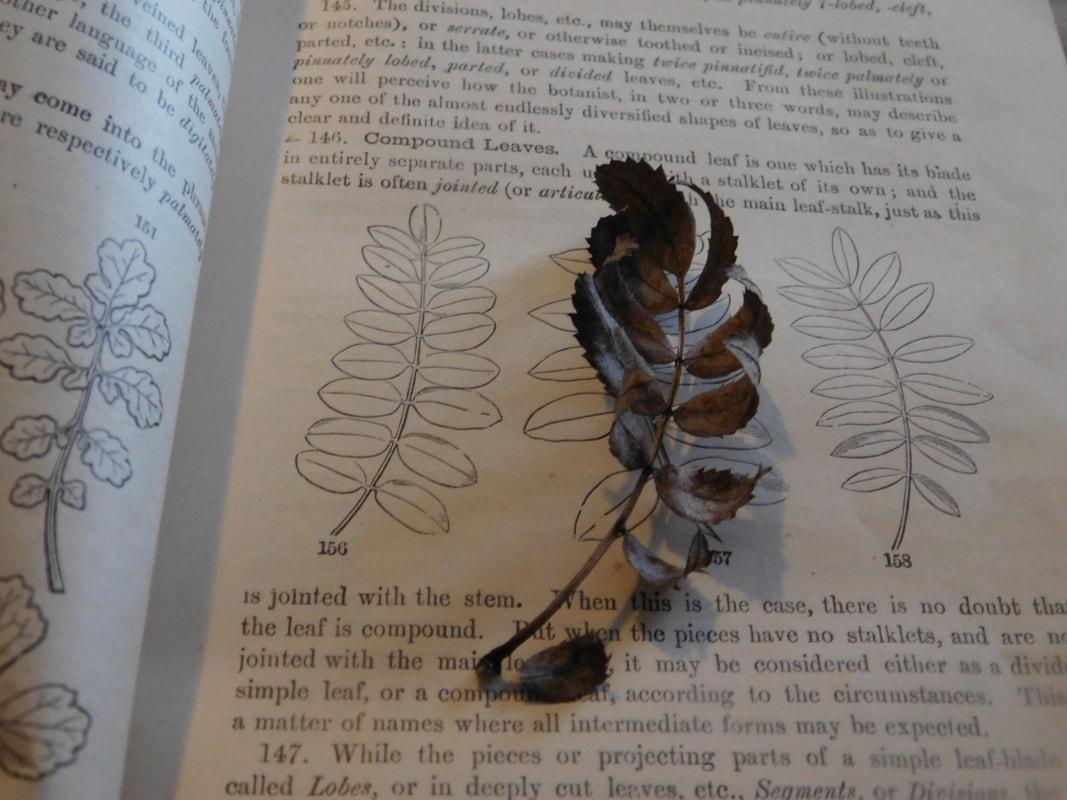
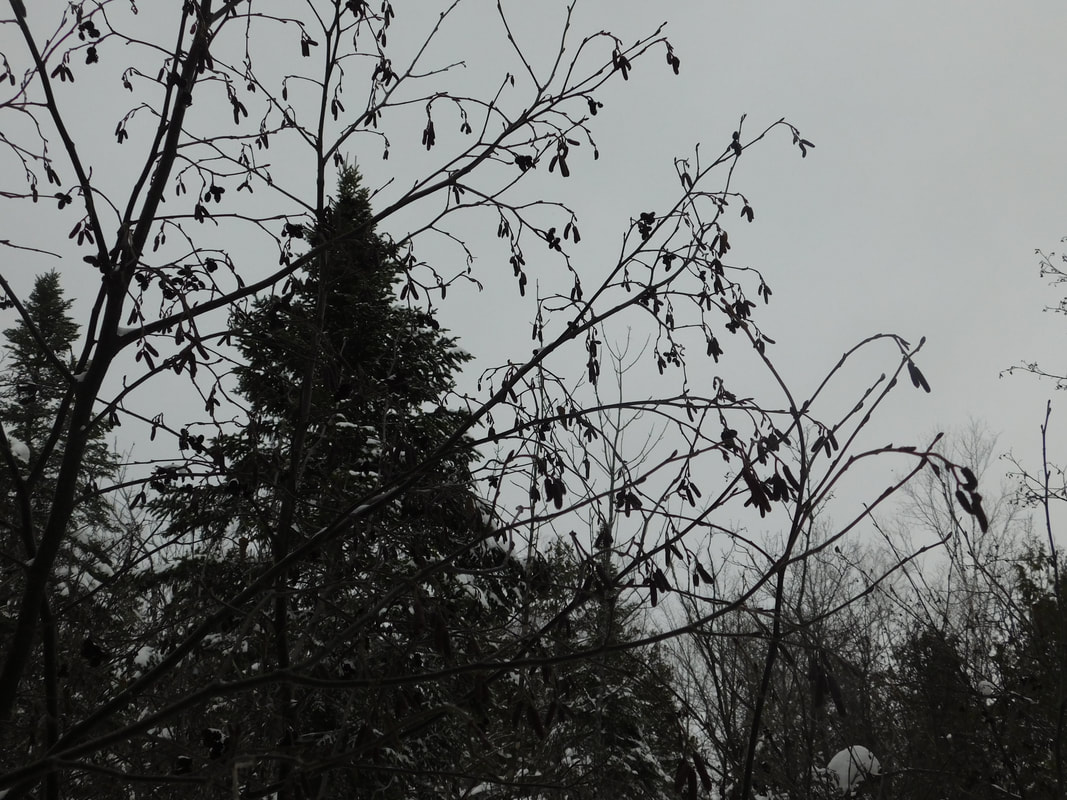
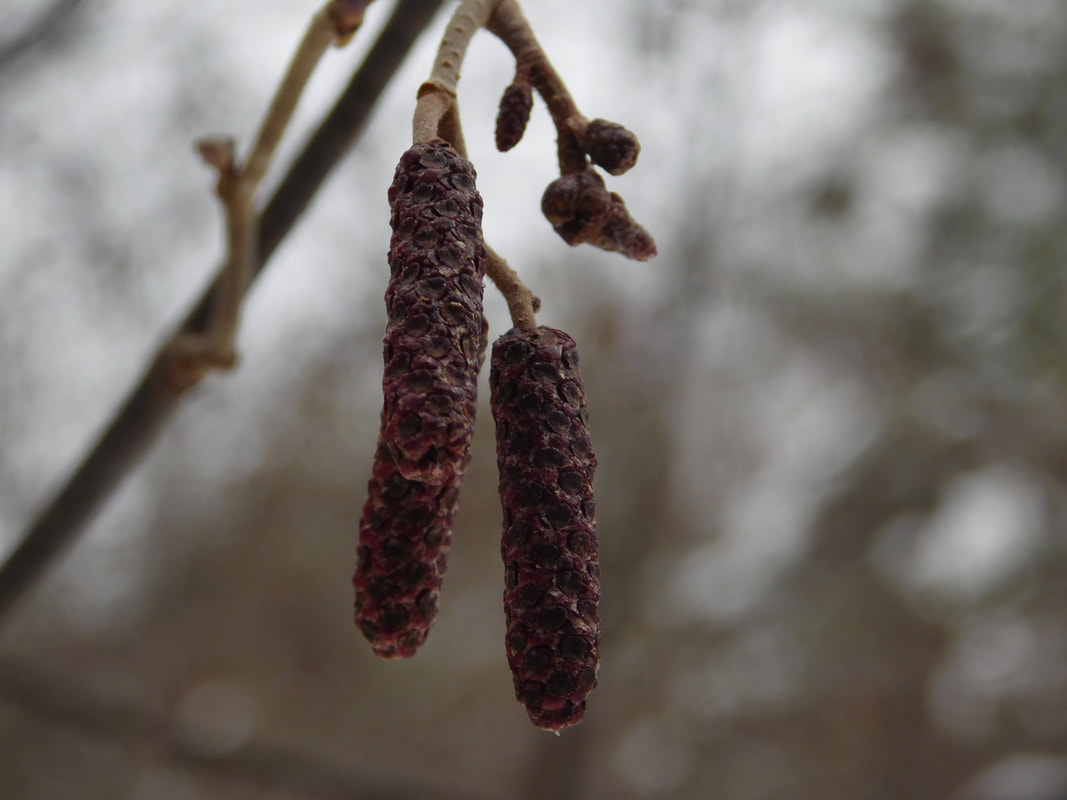
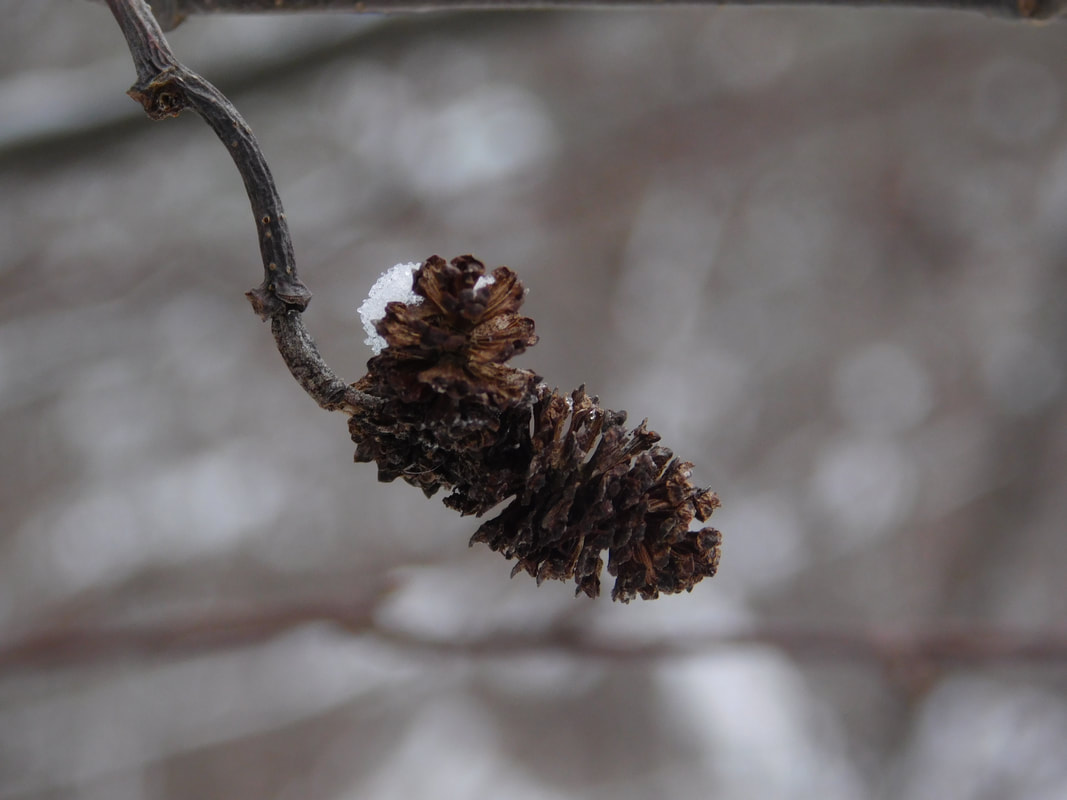
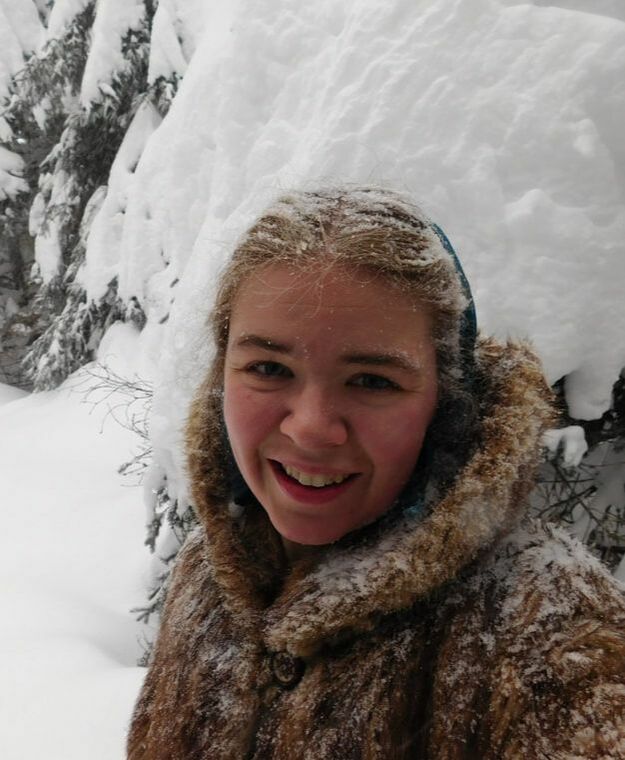
 RSS Feed
RSS Feed
